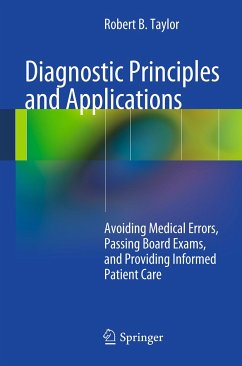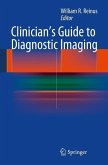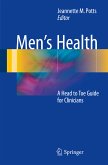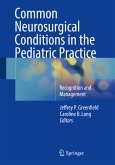Diagnostic Principles and Applications presents selected literature-based facts and diagnostic insights to help clinicians provide better-informed clinical assessments, avoid medical misadventures, and prepare for their board examinations. The chapters cover:
- Classic diagnostic pearls
- Red flag symptoms and signs of serious illness
- Bellwether disease indications allowing an occasional early, preemptive diagnosis
- Counterintuitive clinical manifestations of disease
- Curious clues to specific diagnoses
Robert B. Taylor, MD is the author and editor of more than two dozen medical books, including three on the topic of clinical diagnosis, and several hundred published articles. He is a veteran of both rural private practice and chairmanship of a medical school clinical department.
Dieser Download kann aus rechtlichen Gründen nur mit Rechnungsadresse in A, B, BG, CY, CZ, D, DK, EW, E, FIN, F, GR, HR, H, IRL, I, LT, L, LR, M, NL, PL, P, R, S, SLO, SK ausgeliefert werden.
"This is a book of what are commonly referred to as clinical pearls. ... Although the audience includes every clinician engaged in the practice of medicine, the book may be more appropriate for experienced practitioners ... . This is an entertaining book ... ." (Vincent F. Carr, Doody's Book Reviews, March, 2014)









